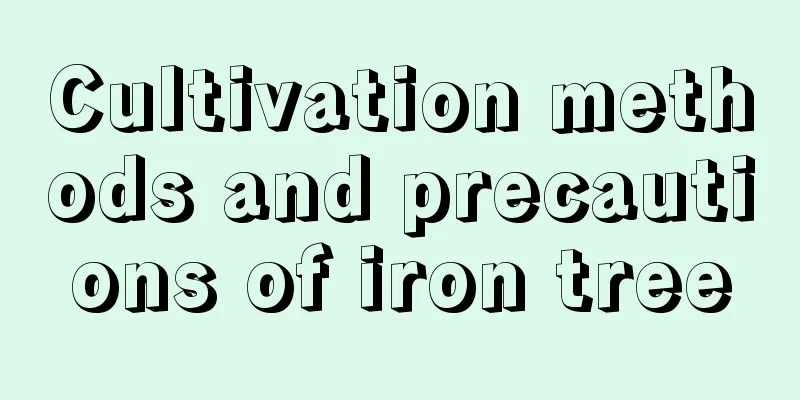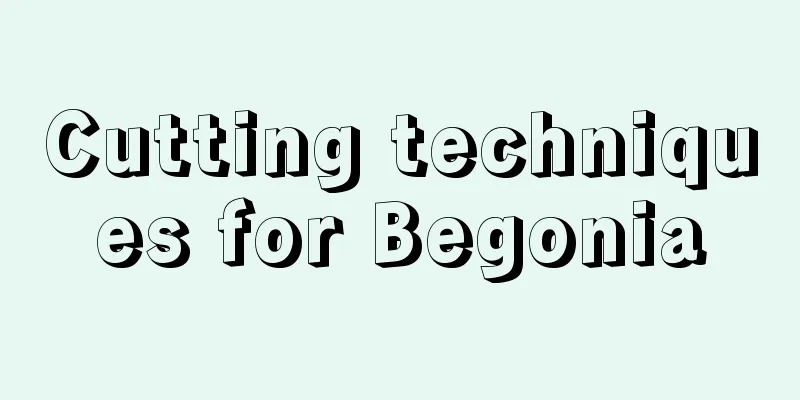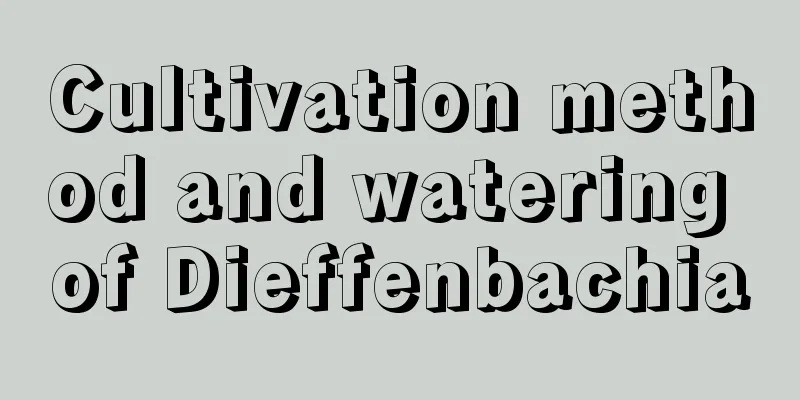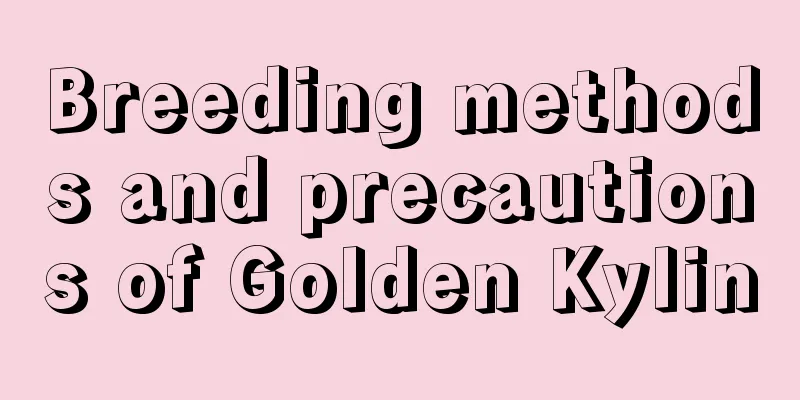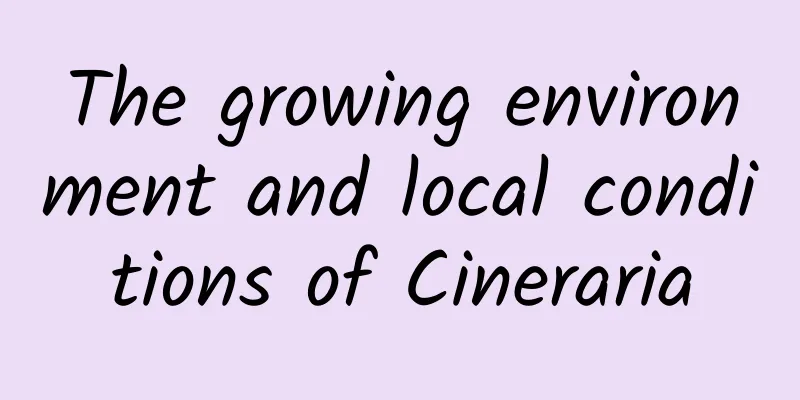Can I use old soil to replace the soil of Clivia? Do I need to water it after changing it?
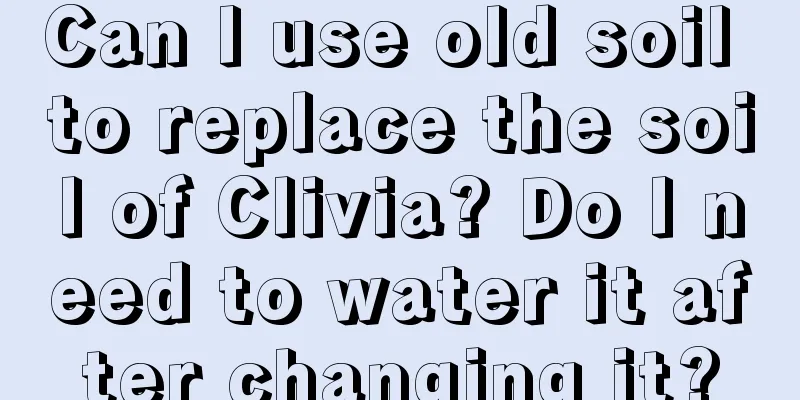
1. Old soil can be usedWhen changing the soil for Clivia, the old soil can be reused. However, because the nutrients in it have been almost absorbed by the plant, the fertility will be insufficient. Before use, some base fertilizer should be added to increase its fertility. However, it is recommended to use half old soil mixed with half new soil, or to use all new soil. Because this will prevent the flower soil from becoming compacted and allow it to grow better. 2. Root repair is requiredWhen repotting it, it is best to trim its roots at the same time, cut off the old and black roots, and thin out the overly dense roots. This will allow it to absorb nutrients from the soil more efficiently and grow better. If not treated, these roots will take up a lot of space and consume a lot of nutrients, affecting the growth of the plant. 3. Water after repottingAfter repotting, you need to water it once. Doing this will allow the roots to be more closely integrated with the new soil, which will be of great benefit to its future growth. However, after watering, you need to ensure that there is no water accumulation in the soil, otherwise it may affect the growth of the plant. |
<<: How to grow roses in spring
>>: What soil is best for growing orchids (detailed explanation of preparation method)
Recommend
Is Aloe Vera Toxic?
1. Is it toxic? Many people know that it has grea...
Cultivation methods and precautions of Daphne odora
soil The potted Osmanthus fragrans has relatively...
Can the osmanthus tree be watered with beer? How to water the osmanthus with beer water
Can the osmanthus tree be watered with beer? Beer...
How often should nasturtiums be watered?
How often should nasturtiums be watered? Generall...
The efficacy and function of Lianchi
1. Antibacterial Lianchi has antibacterial effect...
What kind of soil is best for the millennium wood
The elm tree likes to grow in acidic soil, and fe...
Can expired red wine be used to water flowers? The correct way to water flowers with wine after opening the bottle
Can expired wine be used to grow flowers? In fact...
How to grow tiger flower
How to grow tiger flower Cultivation medium The b...
What to do if the lucky bamboo leaves are dry
1. Too much watering 1. Symptoms: If you give it ...
Tips for growing cymbidium orchids
Cymbidium is a very beautiful flower with a beaut...
Cultivation methods and precautions of Areca palm
1. Soil The culture soil must be well-drained, an...
How to save ryegrass seeds
Ryegrass seeds Ryegrass is a perennial plant with...
Cultivation methods and precautions of golden trachelospermum
Golden Trachelospermum is relatively easy to grow...
How to grow tuberose so that it blooms more and has a stronger fragrance
Maintenance of tuberose flowers Soil for breeding...
Root Rot of Heather and Its Control
Heather root rot When root rot occurs in heather,...


